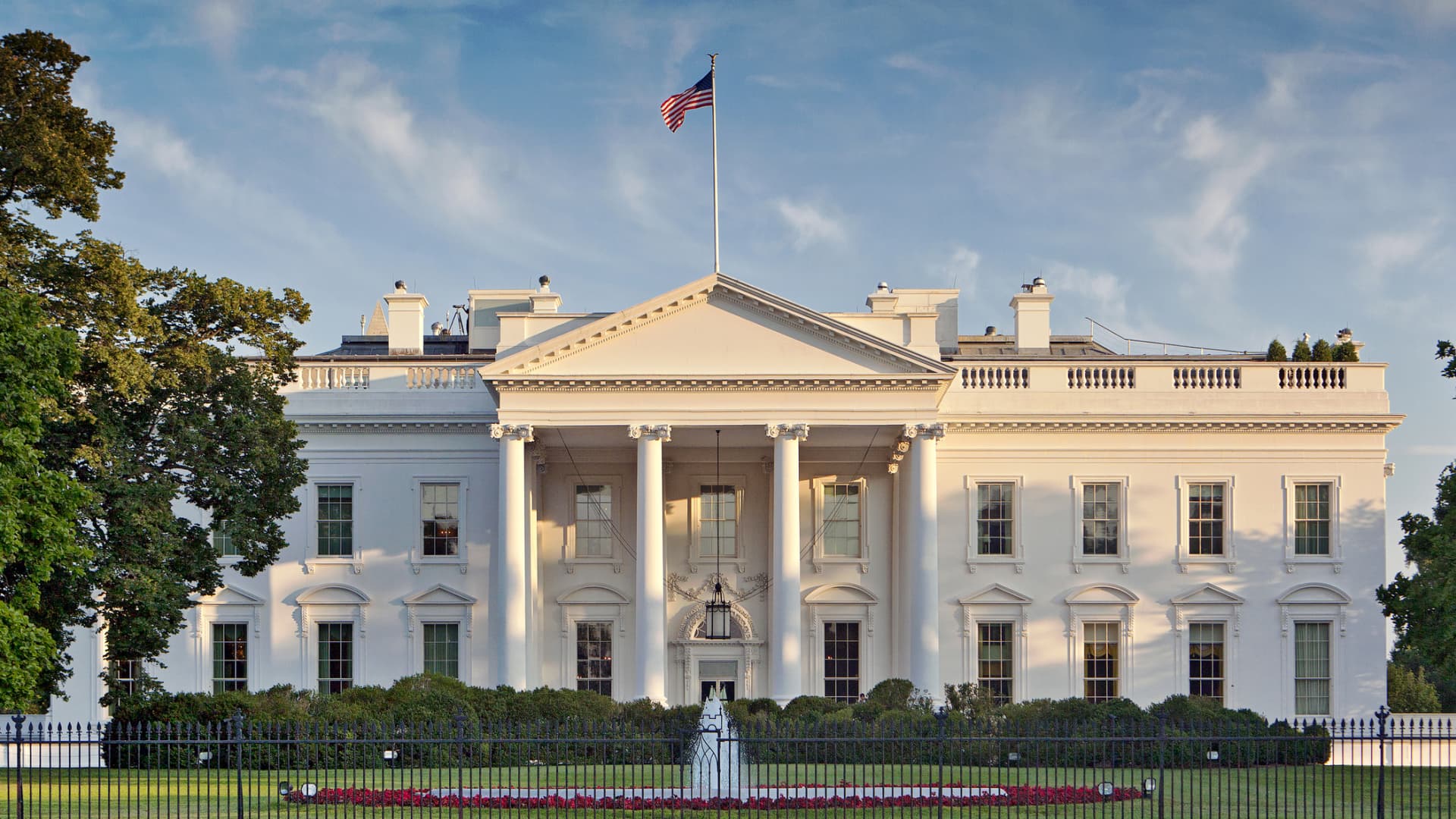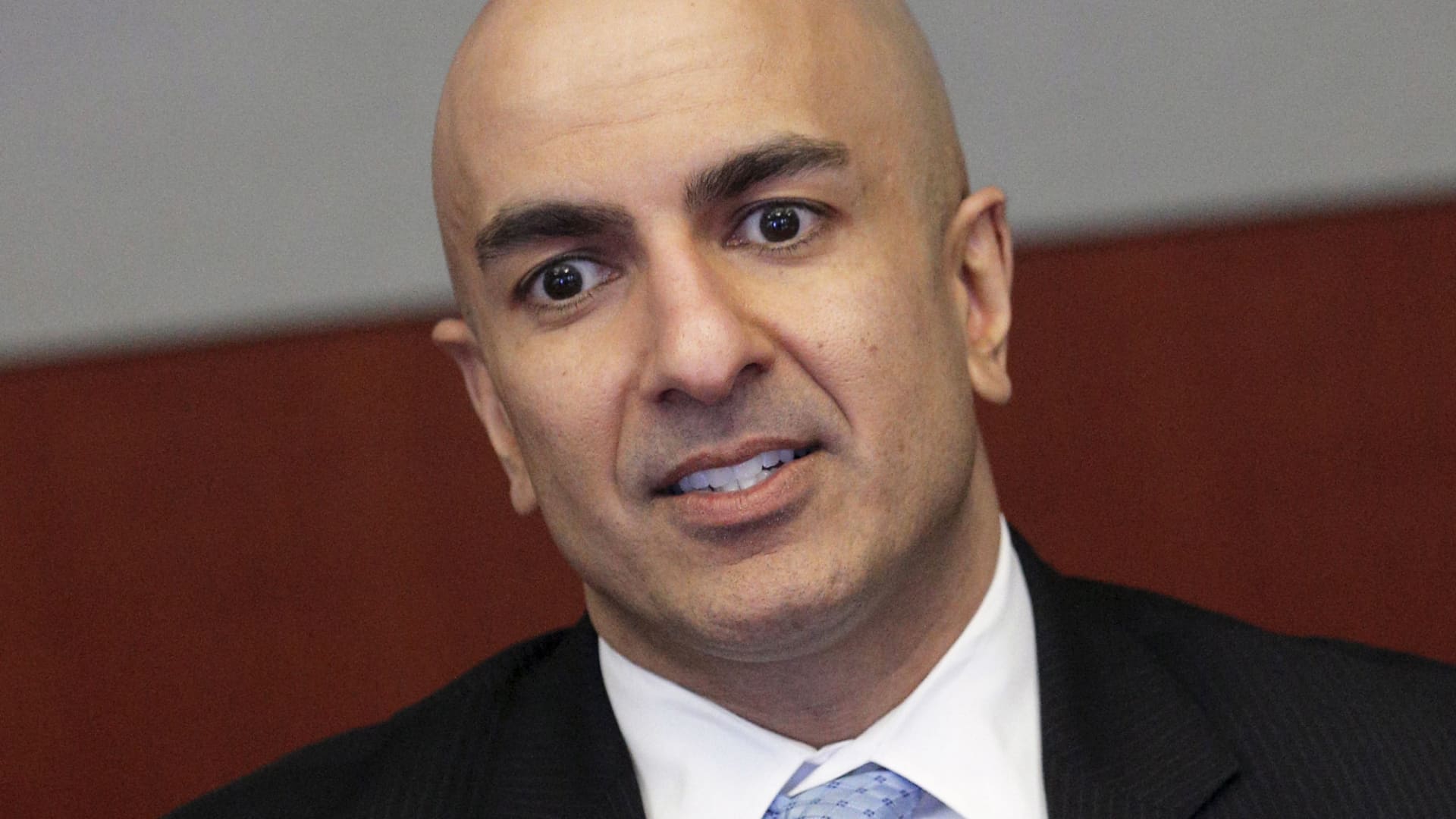US Markets
Thursday, February 29th, 2024 6:52 pm EDT
Key Points
- In January, inflation rose in line with expectations, with the personal consumption expenditures price index (excluding food and energy) increasing by 0.4% for the month and 2.8% annually, and the headline PCE (including food and energy) rising by 0.3% monthly and 2.4% annually, as forecasted.
- The price increases were influenced by a shift to services over goods as the economy normalized from pandemic disruptions, with services prices rising by 0.6% monthly and goods falling by 0.2%. Both headline and core inflation measures remained above the Fed’s 2% target, though the core reading on an annual basis was the lowest since February 2021.
- Despite the inflation data meeting expectations, uncertainty persists regarding the future of monetary policy, with expectations of rate cuts later in the year. Central bank officials are assessing economic indicators amidst ongoing concerns about inflationary pressures and the potential timing and extent of policy easing.
In January, inflation aligned with expectations, as indicated by the Federal Reserve’s key gauge used in interest rate deliberations. The personal consumption expenditures price index, excluding food and energy, rose 0.4% for the month and 2.8% annually, consistent with forecasts. Concurrently, the headline PCE, encompassing food and energy, increased by 0.3% monthly and 2.4% annually, in line with expectations. These movements coincided with an unexpected uptick in personal income, which surged 1%, surpassing forecasts, while spending saw a slight decline, contrary to expectations of growth. January’s price increases reflected a trend towards services over goods as the economy transitioned from pandemic disruptions. While services prices saw a 0.6% monthly increase, goods experienced a 0.2% decline. Both headline and core inflation measures surpassed the Fed’s 2% target, with core inflation reaching its lowest annual level since February 2021. The response from Wall Street to this data was muted, with slight increases in stock market futures and minimal movement in Treasury yields, reflecting expectations of a June rate cut by the Fed. Federal Reserve officials acknowledged the challenges ahead in returning to the 2% inflation goal, highlighting a continued reliance on savings amidst elevated prices. Meanwhile, Labor Department reports indicated ongoing reluctance among companies to lay off workers, with initial jobless claims slightly exceeding estimates but remaining consistent with recent trends. These developments occur as central bank officials consider the future of monetary policy, with recent data suggesting inflation may persist longer than anticipated, prompting uncertainty regarding the timing and extent of potential rate cuts. Despite fears sparked by January’s consumer price index data, economists view the rise as influenced by seasonal factors and shelter increases, emphasizing the significance of the personal consumption expenditures index in providing a more representative measure of consumer behavior.
For the full original article on CNBC, please click here: https://www.cnbc.com/2024/02/29/pce-inflation-january-2023-.html




